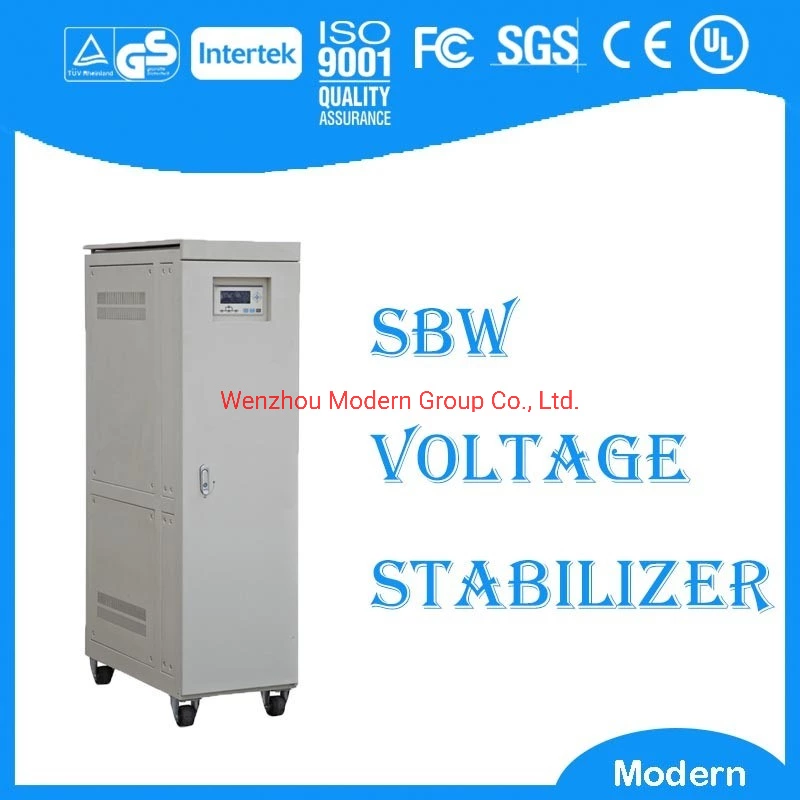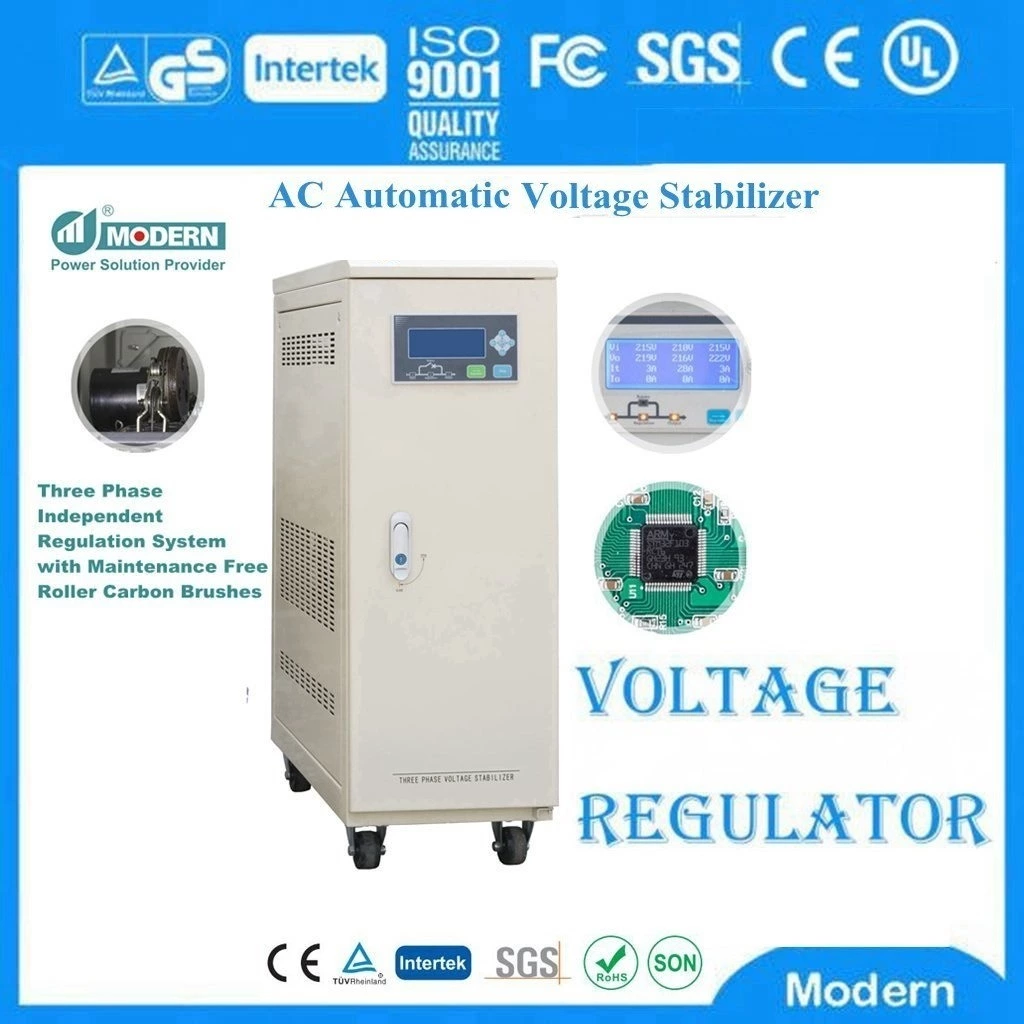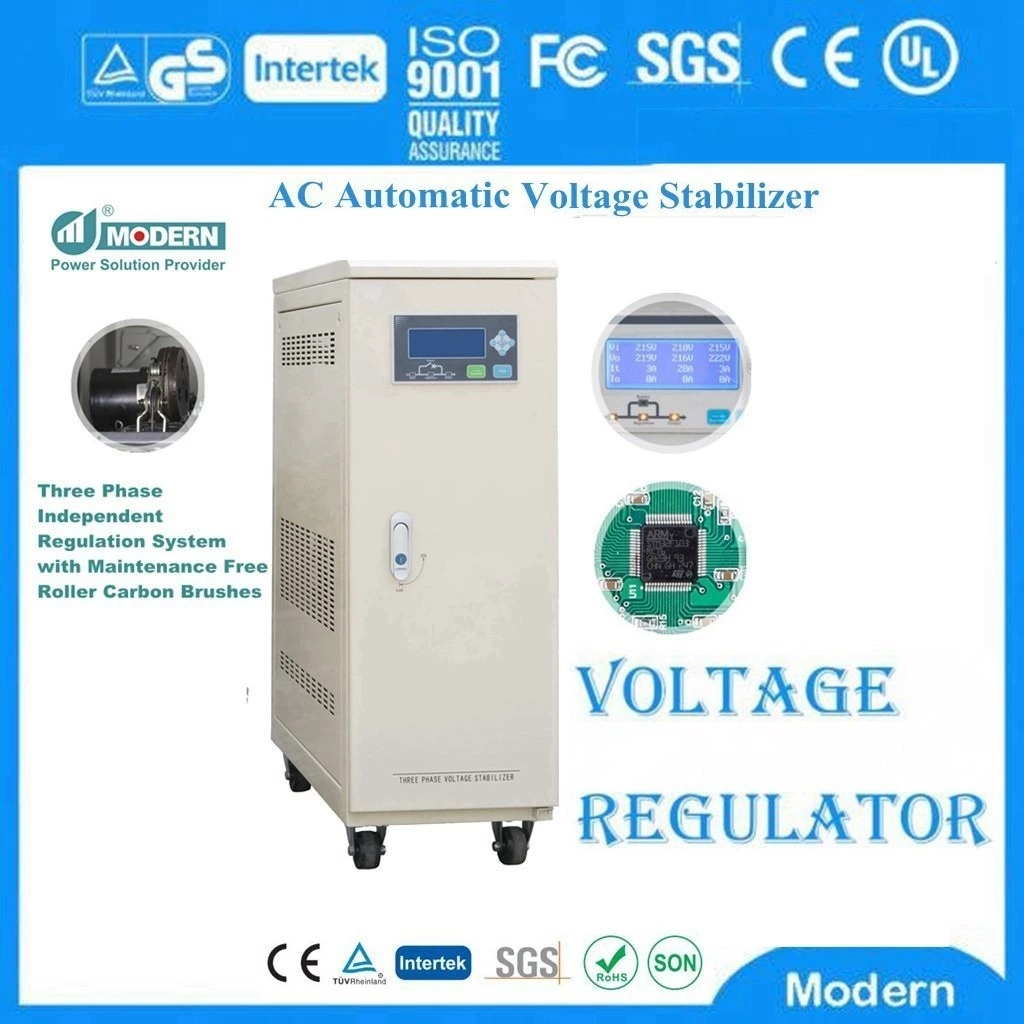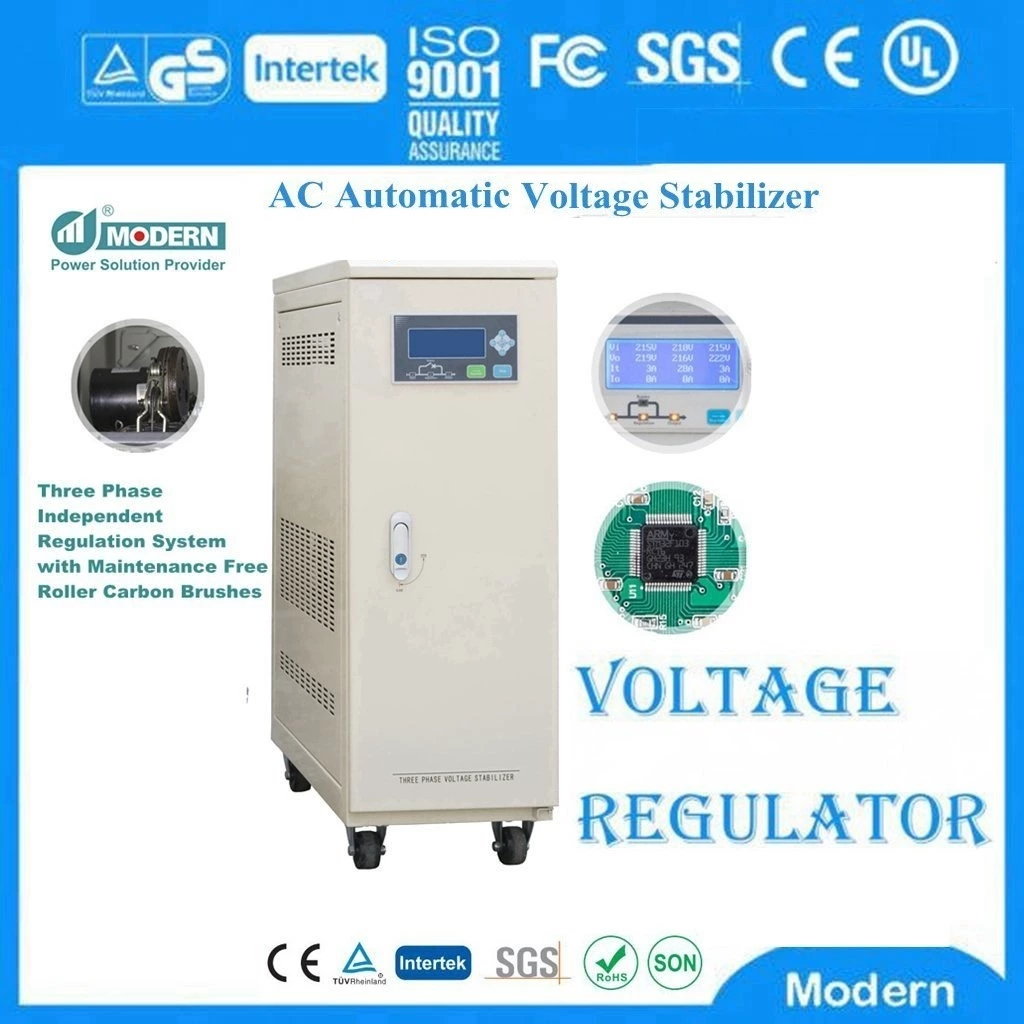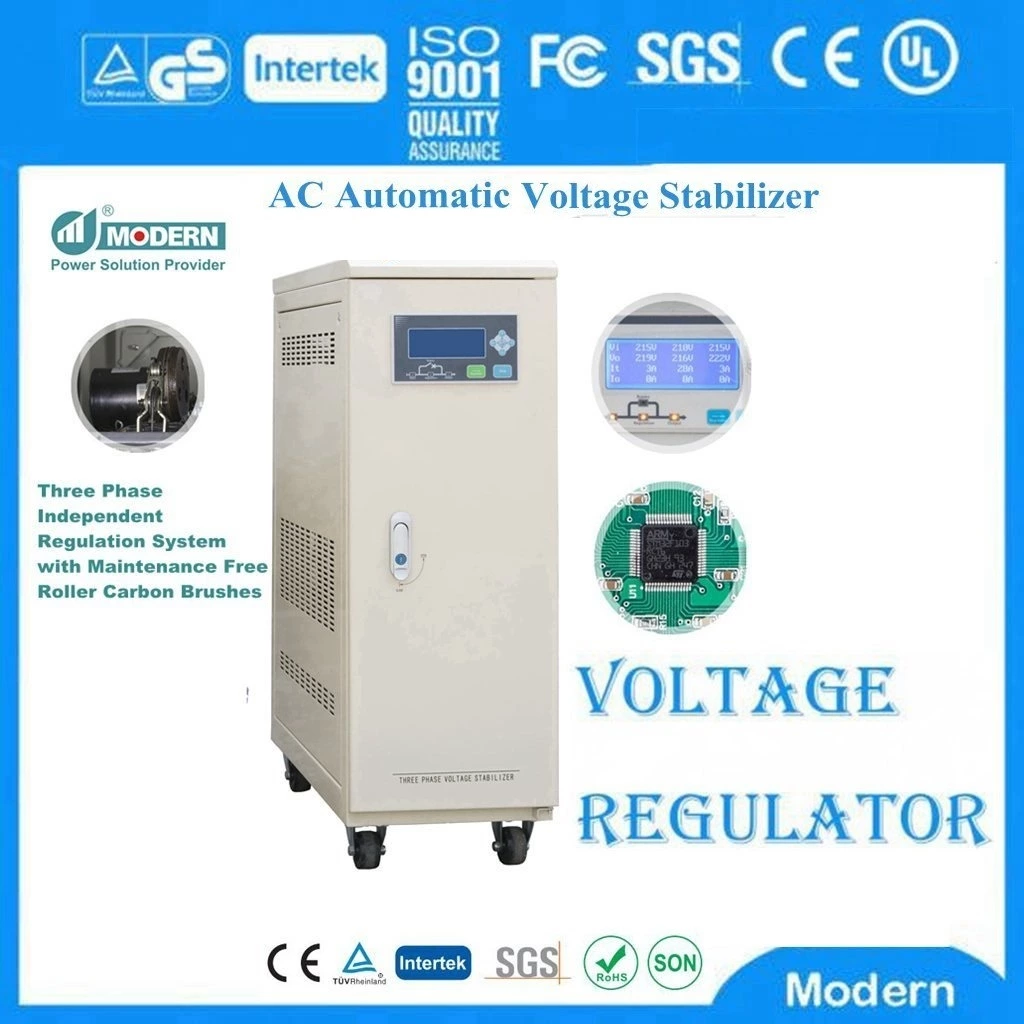How Big A High Power Voltage Regulator Should Be Used In Smart Buildings?
As society continues to develop, more and more high-end intelligent buildings are being built. During the peak period of electricity consumption in summer, our power supply becomes increasingly insufficient. At this time, if we want to keep our office and residential life in the building unaffected, we need to equip our entire building with a high-power voltage stabilizer, but how big a Dynamic Voltage Regulator (DVR) should we equip?
First, we need to count the overall load size of the entire building;
Secondly, when counting the corresponding load size, we also need to distinguish whether it is an inductive load (buildings such as offices and residences generally have air conditioners, that is, inductive loads);
Third, after we have counted all the load sizes, we need to calculate the actual required voltage stabilizer capacity;
Finally, when calculating the voltage stabilizer capacity, the inductive load part needs to be enlarged by at least 2-3 times (when not started at the same time), and a certain margin space needs to be left to prepare for adding loads for some users.
Here, we take an example to illustrate:
Building A, which has 30 rooms, each room has a 2P air conditioner, and the power of other home appliances and office equipment is 10KW;
The inductive load of the entire building is: 2KW*30=60KW, and when matching the voltage stabilizer, it needs to be equipped with at least 60*3=180KW, 250KVA voltage stabilizer.
Other loads are 10*30=300KW, 400KVA voltage stabilizer.
In addition to the reserved 50KVA space, the voltage stabilizer we choose for the entire building needs at least 250+50+400=700KVA high-power voltage stabilizer.
The above is just an analysis of a small building as a case. You can match it according to your own needs according to the above method; of course, some large intelligent buildings need to be equipped with a higher-power voltage stabilizer.
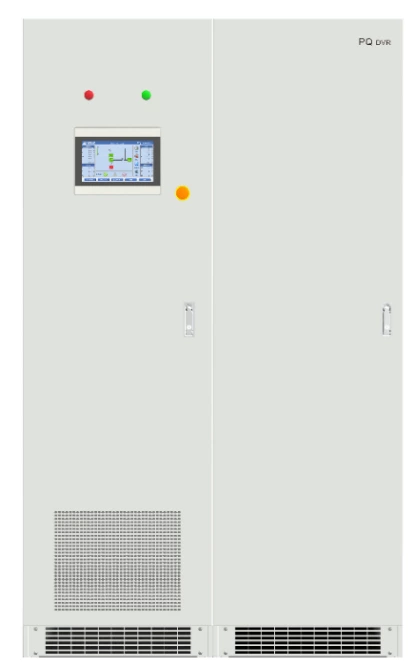
 Русский
Русский
 Français
Français
 Português
Português
 Español
Español
 اللغة العربية
اللغة العربية
